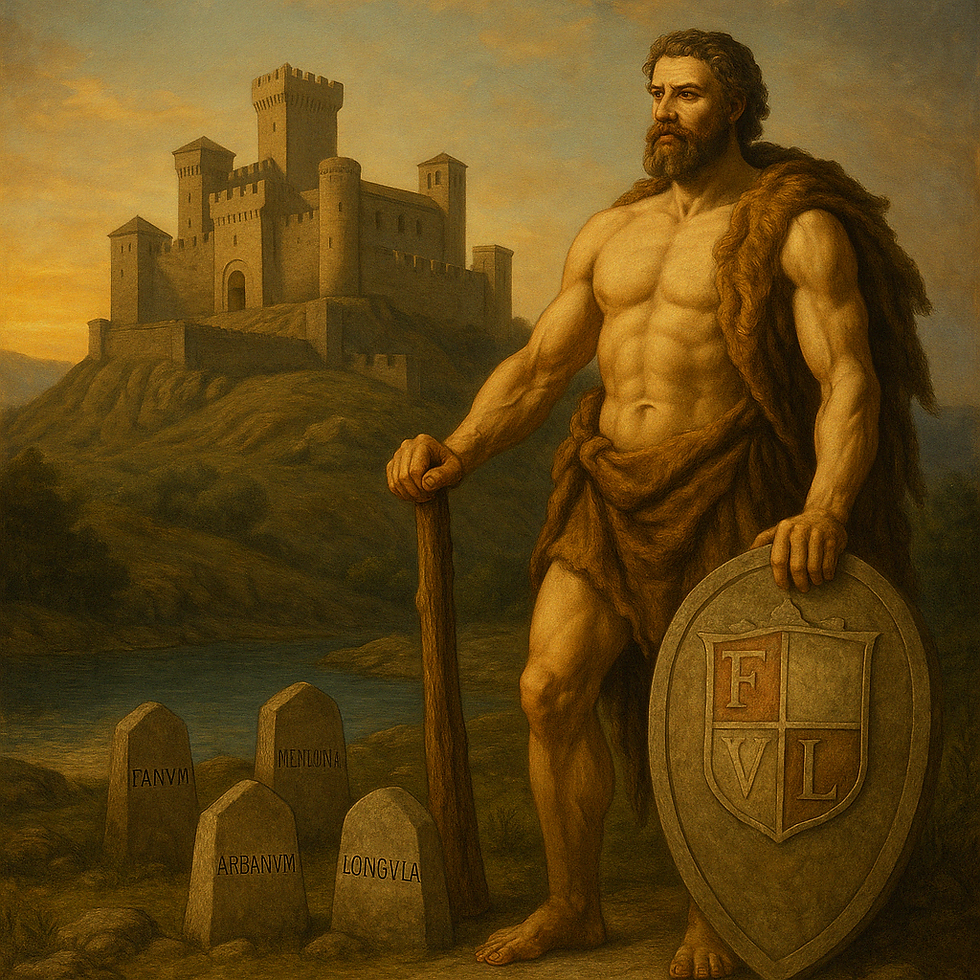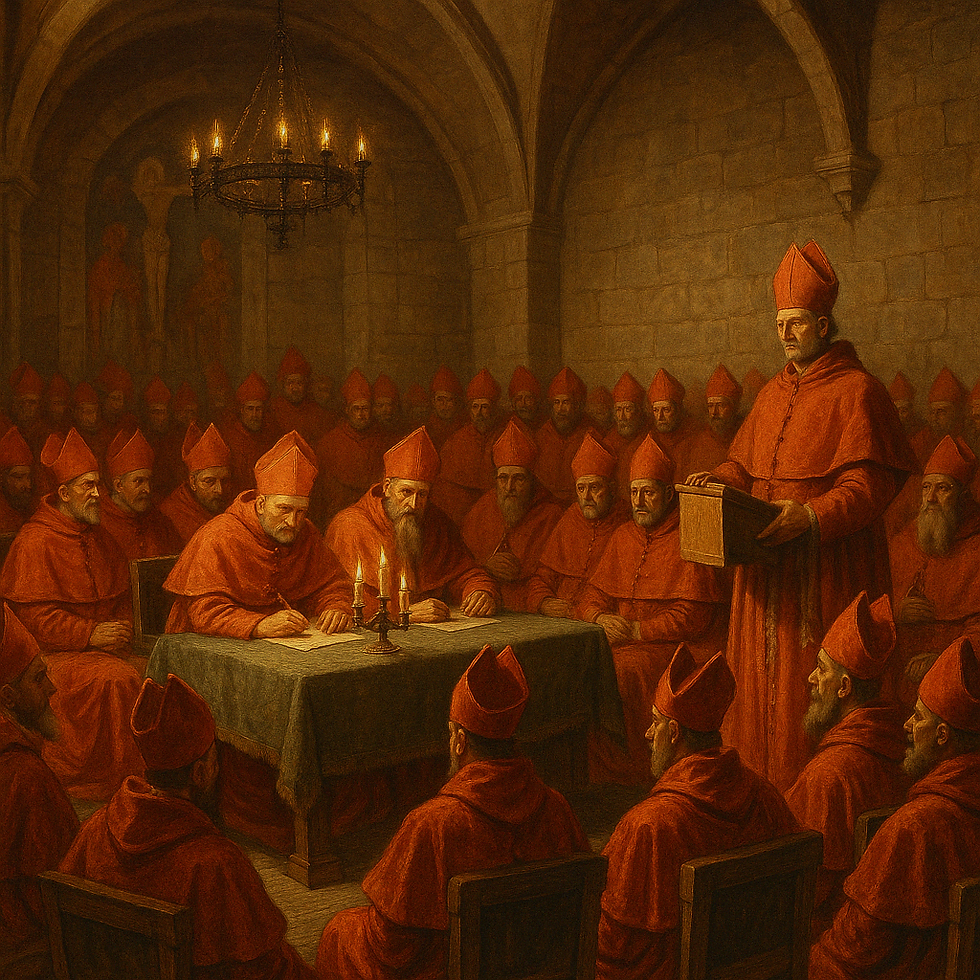🏰 Farnese: Power, Art and the Curse of a Dynasty
- Giano di Vico

- Jun 23
- 3 min read
Some families make history. The Farnese carved it into stone, painted it across palaces, and tucked it into the folds of mystery.
In the ancient heart of Tuscia, between silent woods and tuff-built hill towns, unfolds the grand and shadowy tale of the Farnese dynasty. Not just any noble family, but a house that entwined its fate with popes, princes, and artists. And, as often happens with overly ambitious lineages, it left behind a shadow. Perhaps a curse.
📜 A meteoric rise from obscurity
It all began quietly, in a fragmented and war-torn Italy. The Farnese were minor feudal lords, with modest holdings around Valentano, Ischia di Castro, and the wild Maremma of Lazio. But they had two qualities few others could match: political cunning and ruthless ambition.
In 1534, everything changed. Alessandro Farnese became pope, taking the name Paul III. It marked the beginning of a true ecclesiastical dynasty. At a time when the Church wielded temporal power, becoming pope meant controlling armies, fiefdoms, wealth, and influence.
From that moment, the Farnese knew no limits. Paul III made his nephews cardinals, granted them cities, affairs, and alliances. Wherever they went, monumental palaces rose—theatres of power masked as lavish residences. Art, especially architecture, became their political voice: the Farnese had arrived, and they meant to stay.
🏛️ Palaces as codes, frescoes as confessions
The Palazzo Farnese in Caprarola, carved into the hills of Tuscia, is their ultimate signature. More than a building, it’s a ciphered manifesto of power. Helical staircases spiral skyward, grand halls frescoed with heroic exploits, divine bloodlines, and military victories. Everything speaks of grandeur—but also something more subtle: a hidden message.
In every room, in every fresco, lies a symbolic code. Mythological figures, constellations, esoteric emblems. Some scholars describe it as proto-Masonic language. Others, more daring, suspect the presence of hermetic knowledge passed down through the centuries.
And it’s not just Caprarola. In Rome, the opulent Palazzo Farnese, now the French Embassy, carries the same encoded weight. In Parma, the Farnese Theatre seems to celebrate not just spectacle, but the control of imagination itself.
🌘 Long shadows: the legend of the curse
But no power goes unpunished—at least, not in legend. It’s said that at the height of their glory, the Farnese crossed a line. Which line? No one knows. But from that point onward, signs began to appear.
One by one, male heirs died young. Marriages yielded no children. Territories were lost. Their magnificence faded into quiet ruin. The Duchy of Parma and Piacenza, once the pride of the dynasty, vanished with the extinction of the male line in the 18th century.
Rumors abounded: an ancient curse, cast by a sorceress from Upper Tuscia, wronged by a Farnese; or the revenge of a monk who died chained in the palace dungeons. Some even whisper of a pact with dark forces, sealed in Caprarola’s underground chambers to ensure the family’s rise.
🧩 Hidden symbols and eternal mysteries
Even today, walking through the frescoed halls of Farnese palaces sends a chill down the spine. Some figures seem to watch you, others to whisper secrets just beyond your grasp.
Occultists and alternative historians obsess over every detail: a reversed constellation, a cherub with a demonic gaze, a repeated numeric sequence in the stucco work.
Those with eyes to see, they say, will find the key.But no one has—yet.
🕯️ A restless legacy
Today, what remains of the Farnese are their palaces, their paintings, the ruins of boundless power. And a sense of something unresolved. As if something had been left unfinished. As if, somewhere among the stones and frescoes, a truth still waits to be revealed.
Perhaps, one day, someone will decode it.
Or perhaps not.Because some legends prefer to remain legends.




Comments